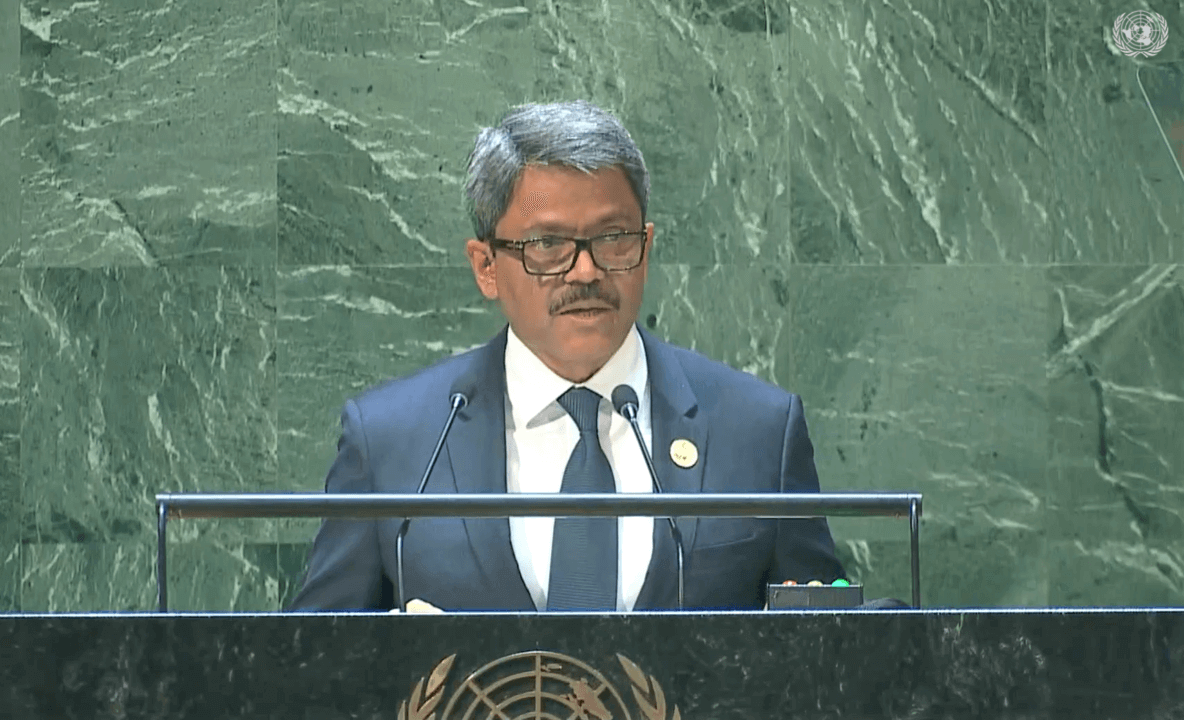Bangladesh has approached the Indian Ministry of External Affairs to seek an “official explanation” on a mural installed in the newly inaugurated Indian Parliament, which shows a map of “Akhand Bharat.”
Overview
Cited by Dhaka Tribune, Bangladesh’s State Minister for Foreign Affairs Mohammad Shahriar Alam stated that the Bangladeshi embassy in New Delhi approached the Ministry of External Affairs (MEA) for “further clarification.”
Alam added that, in responding to the claims, Indian MEA spokesperson Arindam Bagchi said that the mural portrayed a map of the Ashoka Empire, which governed the region “300 years before the birth of Christ,” and the map merely “depicts the journey of people” and shows “cultural similarity.” Furthermore, its installment in the Parliament has “nothing to do with politics.”
Alam’s statement comes after the mural attracted an outcry within Bangladeshi political circles. For instance, Bangladesh National Party chief Mirza Fakhrul Islam Alamgir said, “Displaying Bangladesh as part of the undivided map of any other country is a threat to the country’s independence and sovereignty.”
Responses in Nepal, Pakistan
The controversial mural of ‘Akhand Bharat’ in the recently inaugurated new Parliament building of India may stoke unnecessary and harmful diplomatic row in the neighborhood including Nepal. It has the potential of further aggravating the trust deficit already vitiating the… pic.twitter.com/dlorSZ05jn
— Baburam Bhattarai (@brb1954) May 30, 2023
After the new Parliament House was inaugurated last month, Indian Parliamentary Affairs Minister Prahlad Joshi tweeted a photo with the caption, “the resolve is clear – Akhand Bharat.”
The “undivided India” or “Akhand Bharat” region refers to ancient India, which controlled several countries in the subcontinent, including Nepal, Afghanistan, Pakistan, Bangladesh, and Sri Lanka.
In response, Nepal witnessed protests regarding the mural, with several politicians raising alarms about the impact of the mural on India-Nepal ties.
According to former Nepali PM Baburam Bhattarai, the controversy “has the potential of further aggravating the trust deficit already vitiating the bilateral relations between most of the immediate neighbours of India.”
Similarly, another former Nepali PM, KP Sharma Oli, said, “If a country like India that sees itself as an ancient and strong country and as a model of democracy puts Nepali territories in its map and hangs the map in Parliament, it cannot be called fair.”
Around the same time, Pakistani Foreign Office spokesperson Mumtaz Baloch said she was “appalled” at Joshi’s social media post. She called his caption a “gratuitous assertion of ‘Akhand Bharat,’” which she said perpetrated a “revisionist and expansionist mindset” that seeks to suppress the “identity and culture” of India’s neighbours and its own religious minorities.
India’s Response
Amid the backlash, Indian MEA spokesperson Arindam Bagchi clarified that the mural “depicts the spread of the Ashokan empire” and its principles of “responsible and people-oriented governance.” He said that the mural and the plaque clarified this position.
On being questioned about Joshi’s tweet on the mural, Bagchi said, “I’m certainly not going to comment on statements that other political leaders might have made.”

